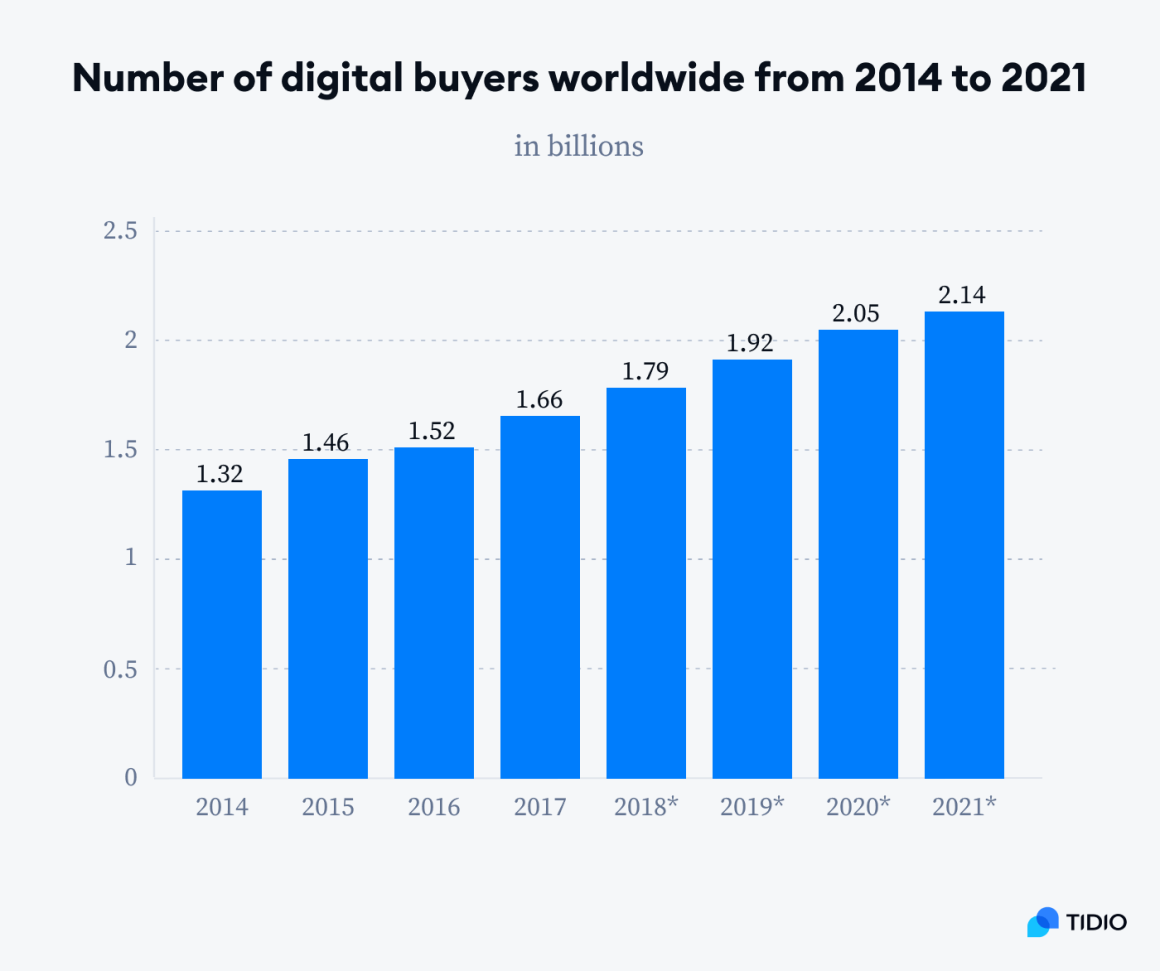What used to be a three-hour errand scrambling from shop to shop can now take less than five minutes with just a few clicks online. But is it enough to take over the in-person shopping experience?
Online shopping has grown steadily over the past few years, according to eCommerce statistics. The prevalence of smartphones, easy access to the internet, and consumer behaviour are all major contributors to the shift of preference when it comes to shopping.
Consumers are now able to use their phones to scroll the web and find products they want to buy from pretty much anywhere in the world. Despite the ease of this, some still prefer going to stores in person to make such purchases. In some instances, some will even conduct preliminary online research before making the actual purchase in-store.
Following global trends, online shopping in Qatar has also seen a massive rise, with most stores adopting a hybrid service to ensure as much revenue as possible. Delivery services are also thriving thanks to the plethora of international platforms offering convenient, worldwide delivery. Online sales hit hundreds of billions of dollars every year— and the number keeps rising.
But what does the future of online vs. brick-and-mortar shopping look like for retailers and customers alike in light of all of these scenarios?
Rise of online shopping: let’s talk numbers
Online shopping has become more popular all over the world because of the wide variety of products that are available, the convenience it provides, and its contactless nature. Sales are increasing both in volume and value. In fact, Global e-commerce sales were predicted to surpass $5 trillion in 2022.
Figures prove that people of all ages are increasingly using the internet to find their preferred products, including food, clothes, and even electronics. This grew exponentially when Covid struck over the world, forcing millions to quarantine at home for months in a bid to curb the spread of the virus.
A recent study found that Covid-19 was the direct cause of 3% of Americans starting their online shopping and making their first online purchase, with similar habits forming in Qatar at the height of the pandemic too.
“I barely used to order online because it would take so long to arrive, so stores were a more convenient choice,” said Sarah Ali, a university student living in Qatar.
“But after Covid, I think more attention was given to online. All stores started providing the option and the delivery barely exceeds a week. Now, it is way more convenient for me, especially since it’s so quick, I barely have time to think. One thing leads to another and I’m buying all my cart”.
Currently, it is estimated that around 2.14 billion people use online shopping, a significant increase from only a few years ago, according to Tidio. With a 7.9 billion-strong population, 27% of the world’s inhabitants now purchase digital goods.

China, the United States, Japan, the United Kingdom, France, and Germany are the nations that spend the most money on online shopping, amounting to more than half of global e-commerce spending.
Several factors play a part in such results, including the variety of shops, the number of people, and the accessibility of stores.
While they have less overall spending power than Baby Boomers in the US, they are making up for it by doing more online shopping. Statistics revealed that such spending is correlated to how heavily influenced by social media Gen Z and Millennials are – meaning more social media marketing equals more spending online.
Sarah told Doha News that the more she started using social media, the more she was influenced to make online purchases.
“You scroll on TikTok and you see a vid of something, you quickly go and buy it from the link attached to it. It’s almost addicting. It’s fast, easy, and provides you with little to no time to think twice,” another shopper said.
In-store experience
However, despite the rise, many people still prefer the experience of in-store. According to statistics obtained by Doha News, over 60% of respondents preferred in-person rather than online.
When they were given the space to explain why, most echoed similar things: sizing, material, and the look of the clothes physically. For those who chose online, ‘easier,’ ‘faster’, and ‘more options’ were the reasons.
The findings reflect the realities of shopping; some products are easier to purchase in person while others can be bought via a website or app.
For instance, it is a bad idea to purchase a car on Amazon. Due to this, the majority of customers accept and prefer to have both options available. In Qatar specifically, there are more in-person shops than online, although small businesses are starting to turn this around.
E-commerce is not meant to completely replace in-store shopping in its current form. Even some retailers are moving in the direction of a model where you can test products in-store and then have the exact same item shipped to you.
Meanwhile, Gen X consumers are still the most important customer segment. They frequently shop online and spend the most money each year (nearly $70,000 on average) of any generation – this can be attributed to their excessive use of the internet.
Online businesses have witnessed a boom, and will probably continue to grow in the next decade. In 2017, online sales made up just 1/10th of all global sales. Fast forward to eight years, the number is anticipated to account for nearly 25% of total retail sales.
Given the rapid change in consumer behaviour, businesses are now shifting their focus on developing a user-friendly and engaging online presence in order to keep up with trends, whether this points towards the virtual world or the real world.
However, despite the size of the e-commerce market constantly expanding, it’s clear that some still prefer good old fashioned shopping.







